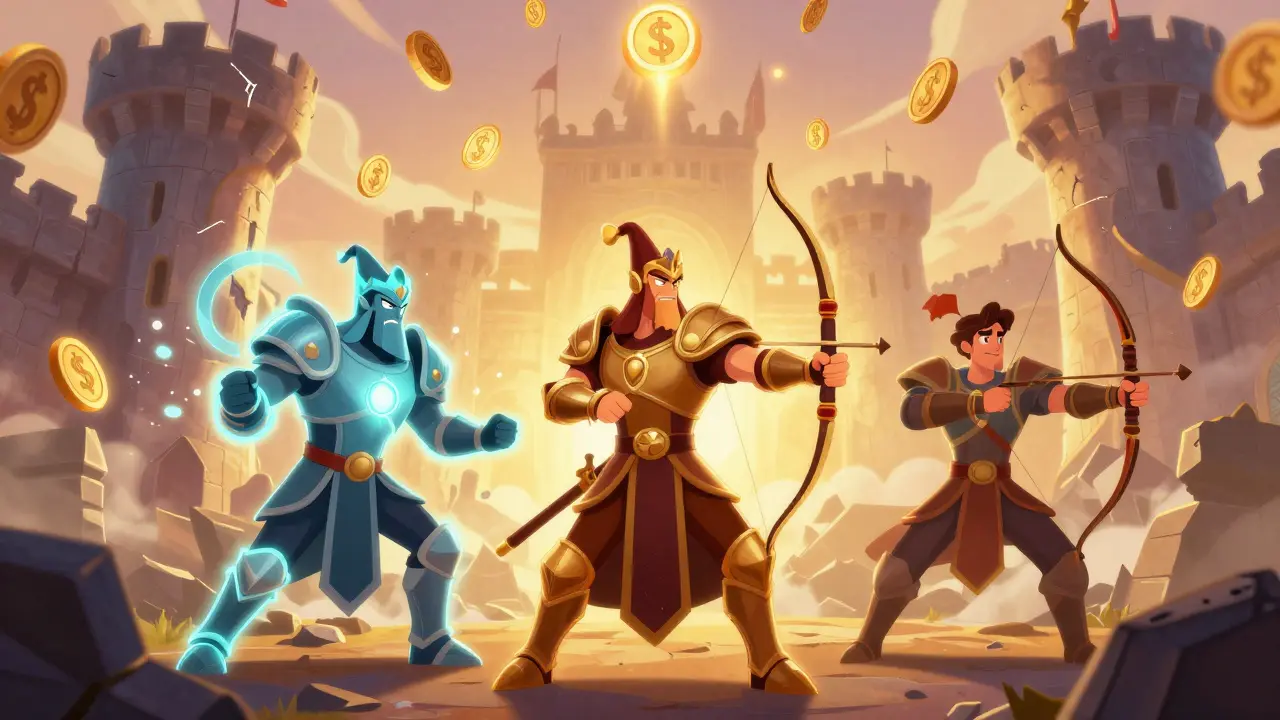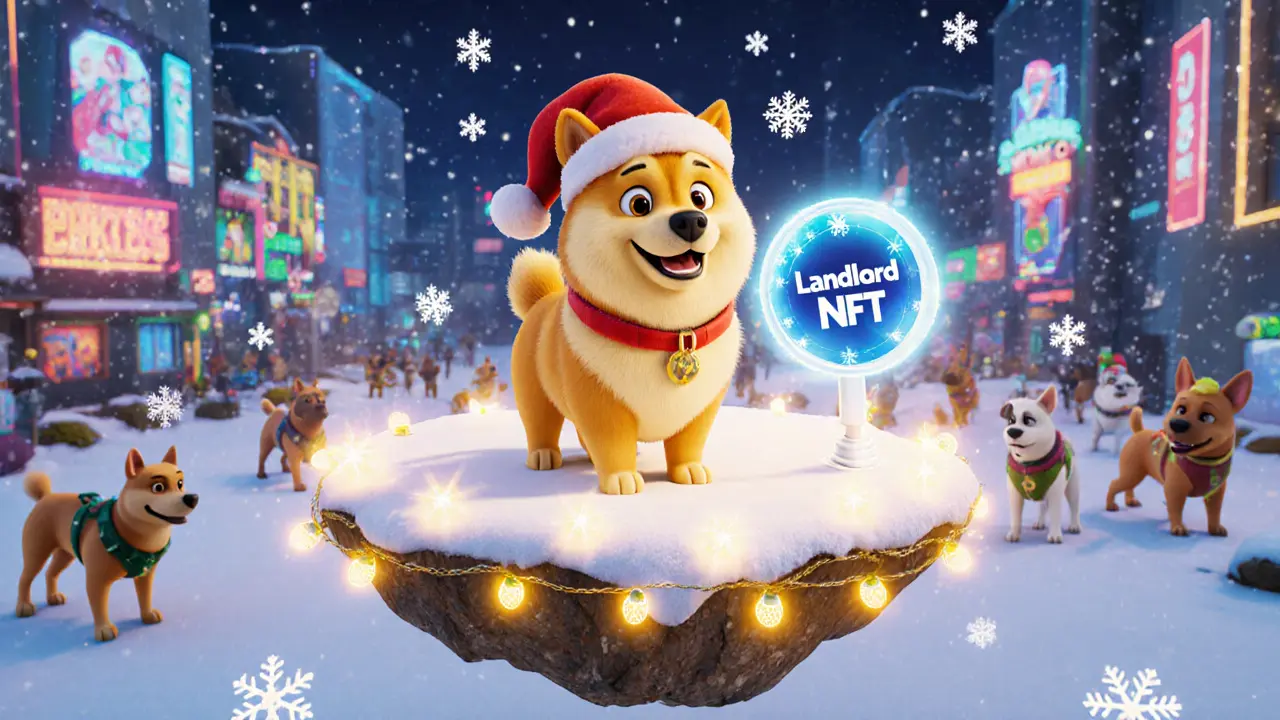Play-to-Earn NFT: What You Need to Know
When you hear play-to-earn NFT, think of a digital collectible that lets you earn real value while gaming. Play-to-Earn NFT, a tokenized in‑game asset that can be bought, sold, or traded on blockchain markets, also known as P2E NFT, bridges entertainment and finance.
One of the biggest drivers behind these assets is the NFT airdrop, a free distribution of tokens to early adopters or active players. Airdrops lower the entry barrier, spark community buzz, and often become the first step for players to test a game’s economy. In practice, a solid airdrop can boost a game's user base overnight, while poorly executed drops may dilute token value. The link between airdrops and player acquisition is why many upcoming titles announce them months before launch.
How Play-to-Earn Games Turn Tokens into Income
Beyond the token itself, the play-to-earn game, any blockchain‑based title where players earn NFTs or native tokens as rewards defines the user experience. These games require a blockchain platform—usually Ethereum, Binance Smart Chain, or newer Layer‑2 solutions—to record ownership and enable secure trades. The game’s smart contracts enforce scarcity, ensuring each NFT remains unique and tradable. As a result, players can earn while they battle, farm, or complete quests, turning leisure into a potential income stream.
Behind every rewarding loop sits a crypto gaming token, the native currency that powers in‑game economies, rewards, and governance. Tokens like HERA, WENLAMBO, or custom project coins fund development, pay winners, and sometimes grant voting rights on future updates. Understanding tokenomics—supply caps, inflation rates, and burn mechanisms—is crucial before investing time or money. Tokens with clear utility and limited supply tend to hold value longer, while hyper‑inflated tokens may quickly lose purchasing power.
Putting these pieces together creates a clear semantic chain: Play-to-earn NFT encompasses in‑game assets, which require a blockchain platform; the blockchain enables NFT airdrops that boost player onboarding; play-to-earn games rely on crypto gaming tokens to reward activity and sustain the ecosystem. This web of relationships explains why news about a new airdrop, a token listing, or a game update instantly affects market sentiment.
Below you’ll find deep‑dive reviews of exchanges, risk analyses for new projects, and step‑by‑step guides on how to claim airdrops safely. Whether you’re hunting the next Hero Arena drop, weighing the safety of a new DEX, or just curious about how wrapped tokens differ from native ones, the collection ahead gives you practical insights to navigate the fast‑moving world of play-to-earn NFTs.
MCRT MagicCraft Genesis NFT Airdrop: How It Worked and What You Missed
The MagicCraft Genesis NFT airdrop offered free NFTs and $MCRT tokens to early players. Learn how it worked, why it ended, and what you can still do with your NFT today.
DogemonGo Christmas Landlord NFT Airdrop Details & Claim Guide
Get the full rundown on DogemonGo's Christmas Landlord NFT airdrop: eligibility, claim steps, safety tips, and a handy checklist for owners.

